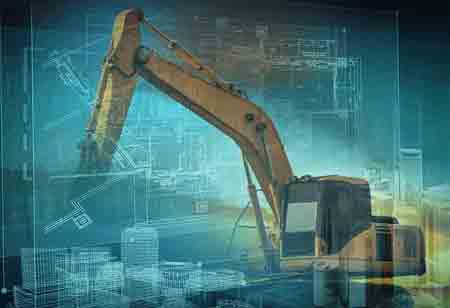Thank you for Subscribing to Construction Business Review Weekly Brief
Specials
- Apartment and Condominium Contractors Canada
- Decking Canada
- Architectural Glass Europe
- MEP APAC
- Construction Saudi Arabia
- German Apartment and Condominium Contractors
- Construction Law APAC
- Outdoor Construction
- Foundation Construction Canada
- MEP Canada
- Kitchen and Bath
- Cold Storage Construction APAC
- Precast Concrete Europe
- Construction Staffing Europe
- Pre-Construction Services
- Flooring System APAC
- Scaffolding Canada
- Swimming Pool Construction Canada
- Construction Management Canada
- Cold Storage Construction Canada
- Flooring Systems Europe
- Residential Construction
- Concrete Canada
- Construction Cladding Europe
- Construction Cladding APAC
- Concretes, Aggregates and Construction Materials APAC
- Concretes, Aggregates and Construction Materials Europe
- Commercial Contractors Europe
- Commercial Contractors APAC
- Dummy
- Construction Insulation, Coating and Waterproofing
- Construction Management APAC
- Landscaping Canada
- Construction Coating Europe
- Construction Tech Startups Europe
- Insulation Services Europe
- Mechanical Contractor Canada
- Mould Remediation and Testing Europe
- Swimming Pool Construction APAC
- Building Sealing Solutions Europe
- Construction Engineering Services
- Mechanical Electrical and Plumbing
- Roofing Systems Europe
- Architectural Glass APAC
- Startups APAC
- Construction Forensic and Owners Representative
- Flooring System
- Waterproofing APAC
- Wall Systems
- Safety and Compliance Europe
- Construction Bidding and Auctions
- Modular and Prefab Construction
- Architectural Glass
- Construction MENA
- Construction Demolition and Recycling Europe
- Modular Construction Europe
- Construction Interiors
- Steel Building APAC
- HVAC
- Doors and windows
- Construction Latam
- Building Information Modeling APAC
- Sustainable Construction APAC
- Building Restoration and Maintenance
- Commercial Contractors
- Specialty Construction
- Construction Engineering Canada
- Construction Engineering MENA
- Modular Construction Canada
- Modular Construction APAC
- Roofing and Siding Systems
- Workforce Management and Staffing
- Roofing Systems APAC
- Construction Consulting
- Steel Building Europe
- Construction Demolition and Recycling APAC
- Safety and Compliance APAC
- Concretes, Aggregates and Construction Materials
- Construction Cladding
Composite Decking: A Sustainable Solution to Mitigate Global Warming
Composite decking minimizes the environmental impact of raw material extraction and supports the circular economy, which is essential for sustainable development.

By
Construction Business Review | Monday, December 16, 2024
Stay ahead of the industry with exclusive feature stories on the top companies, expert insights and the latest news delivered straight to your inbox. Subscribe today.
Composite decking minimizes the environmental impact of raw material extraction and supports the circular economy, which is essential for sustainable development.
Fremont, CA: Composite decking is emerging as a pivotal solution in reducing the environmental impacts of traditional building materials, particularly in the fight against global warming. Composite decking significantly lowers the carbon footprint associated with construction by utilizing recycled and sustainable materials, offering durability, and minimizing the need for resource-intensive maintenance. It primarily reduces global warming effects through its material composition. Traditional wood decking often relies on harvesting trees, contributing to deforestation—a primary driver of increased atmospheric CO2 levels.
Durability is another crucial factor in the sustainability of composite decking. Its resistance to weather, moisture, and pests significantly extends its lifespan compared to traditional wood decking, which is prone to rot, warping, and decay. The reduced need for replacement mitigates construction waste accumulation, significantly contributing to global environmental challenges. Advanced manufacturing technologies have optimized production, minimizing energy consumption and greenhouse gas emissions. Many manufacturers prioritize renewable energy sources and adopt environmentally friendly practices, further reducing the carbon footprint of these materials.
Producing virgin plastics and harvesting and processing timber for traditional decking involve higher energy usage and emissions. Composite decking eliminates the need for resource-intensive maintenance practices, such as staining, sealing, and painting, which are familiar with wood decking. Maintenance processes often involve volatile organic compounds (VOCs) and other chemicals contributing to air pollution and climate change.





